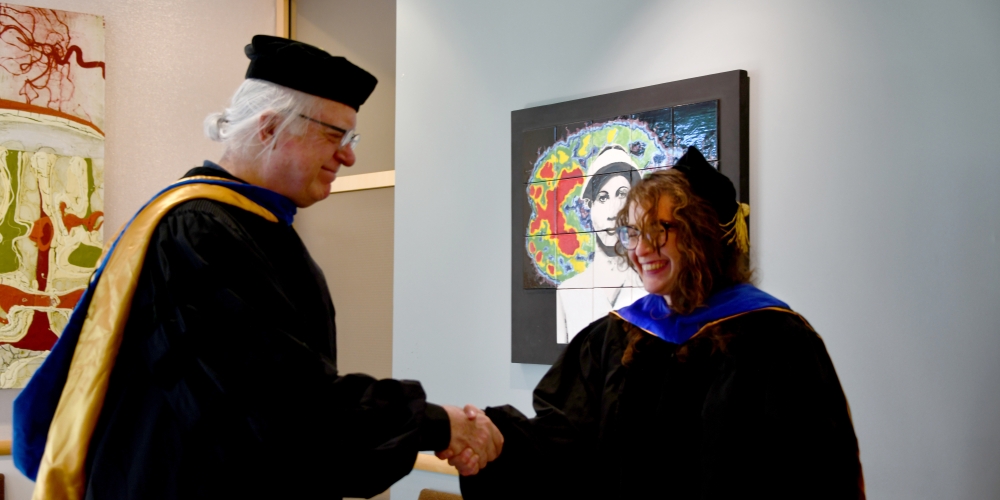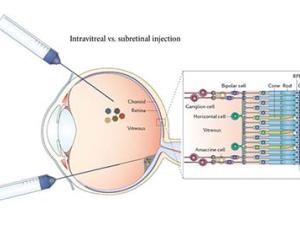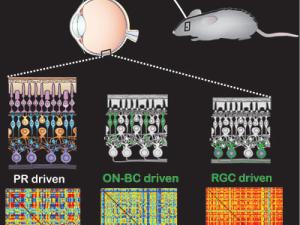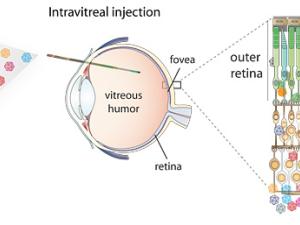

Research Expertise and Interest
neurobiology, optometry, vision science, cell and molecular biology of the retina in normal and diseased states
Research Description
John Flannery is a the School of Optometry and the Helen Willis Neuroscience Institute. The Flannery Laboratory has studied gene therapy for blinding, inherited diseases of the retina for the past 20 years. They have developed animal models of several inherited human blinding diseases, including retinitis pigmentosa, Usher syndrome, and age-related macular degeneration. They have shown that they can protect photoreceptors from injury and cell death in these models by injecting adeno-associated virus or lentivirus vectors into the eye. In these experiments, they have had success in ameliorating photoreceptor cell death with a number of different neurotrophic agents, as well as ribozymes to knockdown the mutant transcripts in dominant disease. The overall goal of their research effort is to prevent or delay the course of blindness in patients. While results in the rodent models show they can protect rat photoreceptors from injury and death, these treatments are not useful for patients in later stages of retinal disease in which the photoreceptor cells have been lost.
In the News
Success Treating Night Blindness in Dogs Could Lead to Human Gene Therapy
With single gene insertion, blind mice regain sight
New therapy holds promise for restoring vision
A new genetic therapy developed by UC Berkeley scientists has not only helped blind mice regain light sensitivity sufficient to distinguish flashing from non-flashing lights, but also restored light response to the retinas of dogs, setting the stage for future clinical trials of the therapy in humans. The therapy involves inserting photoswitches into retinal cells that are normally ‘blind.’
Researchers develop easy and effective therapy to restore sight
Researchers at UC Berkeley have developed an easier and more effective method for inserting genes into eye cells that could greatly expand gene therapy to help restore sight to patients with blinding diseases ranging from inherited defects like retinitis pigmentosa to degenerative illnesses of old age, such as macular degeneration.



